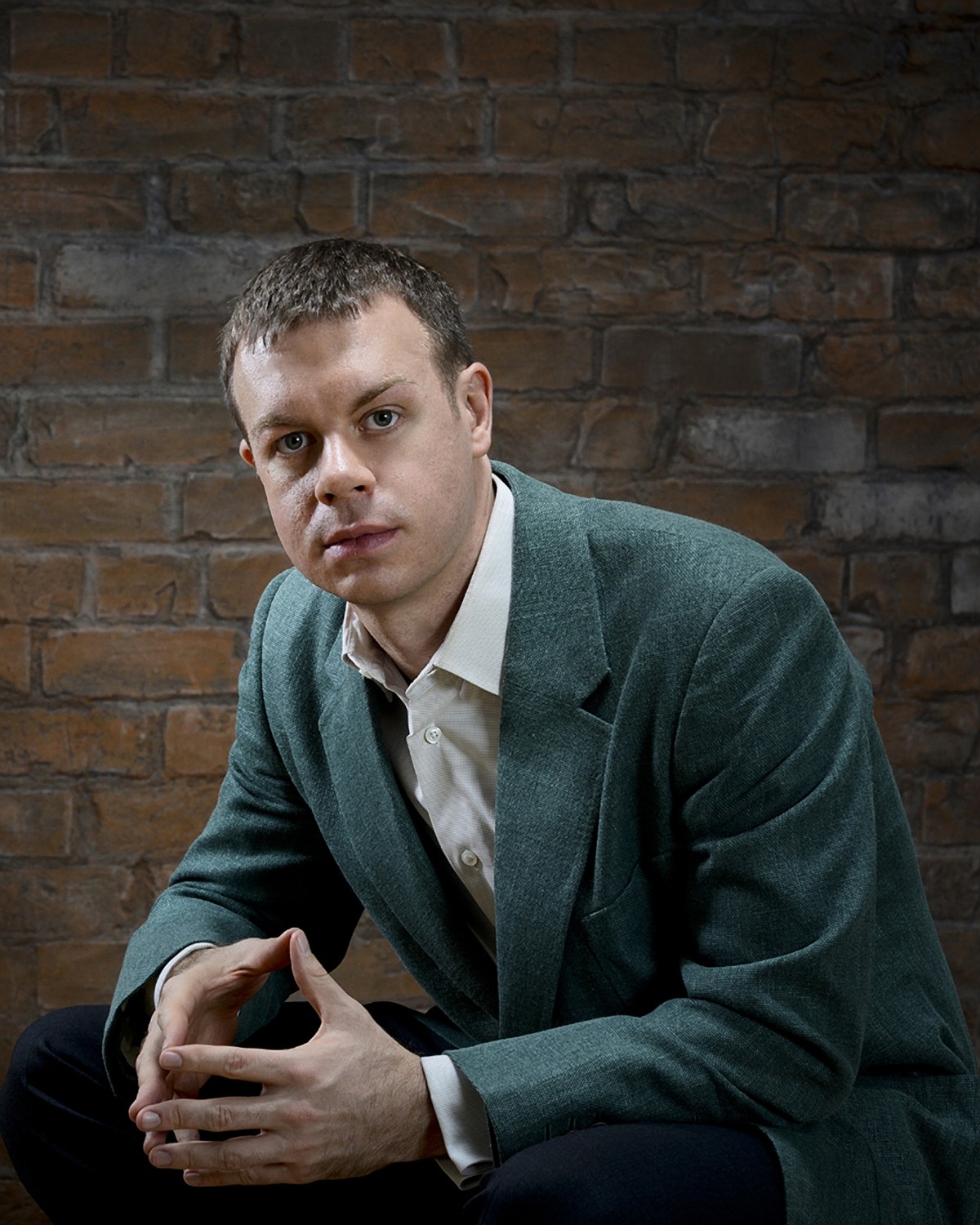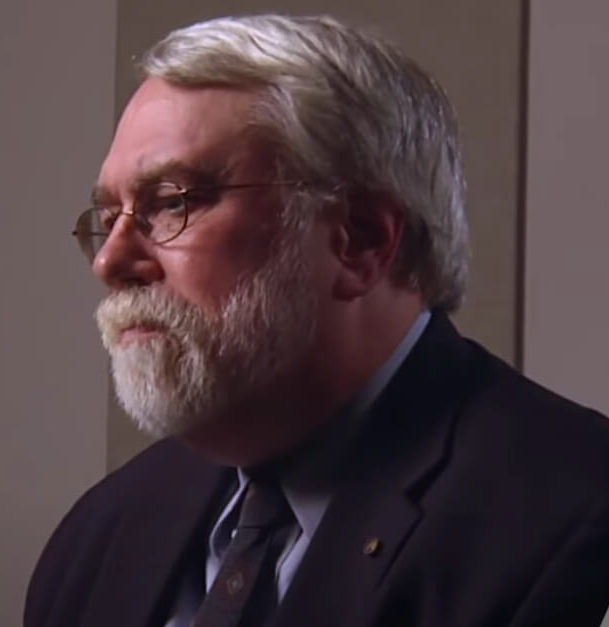Americans in the Schermerhorn
This past weekend was one of the most exciting programs that I had seen at the Nashville Symphony in a while. And for good

measure, this program encapsulated everything that the Nashville Symphony is all about: American music, new music, dazzling soloists, Grammy Awards, and of course, music-making on the highest level. The program started out with Pulse, a piece by Brian Raphael Nabors, an alumnus from the Nashville Symphony’s Composer Lab. After hearing this piece in 2019, conductor Giancarlo Guerrero decided that it deserved to be on a full subscription concert. Nabors has described the piece as “an episodic rhapsody that explores several phases and colorful variants of rhythm all held together by an unwavering pulse.” This twelve-minute piece certainty traveled through numerous chapters at such a rapid rate it felt that life was passing by too quickly. This piece is covered with imaginative orchestral effects, although I wish the audience was allowed a bit more time to wander in the soundscapes that Nabors masterfully created.

Second on the program was Resilience, by Wayne Oquin. Oquin is a faculty member at Julliard and has found success with his music in multiple genres, such as chamber works, wind band pieces, and full orchestral scores. Although Oquin’s name was familiar to me, I was not familiar with much of his work, so it was exciting to discover this piece by hearing it live. It is a 13-minute work with an organ solo played by Paul Jacobs. Before the piece there was an impromptu intermission while the stagehands roped off a section of stage and descended into the Schermerhorn’s depths to remerge a few minutes later with the organ. Resilience is a compact tour de force that explores the repetition of minimal musical materials in a struggle between the orchestra and the organ. This piece was formally much better structured than Pulse, but what struck me above all was the craftsmanship of the orchestration. The organ can be a tough instrument to write for because it is such an all-encompassing instrument by itself (Oquin in the program notes called it the “King of Instruments”). It has an expansive range and the numerous stops that can be pulled to change the timbre of the instrument. Typically this makes it hard to discern with the full orchestra. Despite this challenge, I was able to hear all of the organ’s notes with great clarity, something that I am not able to say for much of the organ pieces I have heard at the Schermerhorn.
When I was first seated at the beginning of the concert, I thought that I recognized Oquin as sitting right in front of me. I did not think I was correct until the few seconds right before Resilience started and he was sitting on the edge of his seat ready for the piece to begin. While the piece played, he unobtrusively conducted along, seeming to enjoy what he heard. It was wonderful to see a composer’s piece come alive right before the composers eyes. Oquin got a rousing ovation from the audience at the conclusion of his piece.
After a twenty-minute intermission the concert resumed with Christopher Rouse’s Organ Concerto. Written specifically for Paul

Jacobs in 2014, the Organ Concerto completes a CD of organ works that the Nashville Symphony has been in the process of making for quite some time. Rouse was no stranger to the concerto format, and this piece is a tightly packed version of a full-length concerto. Instead of the typical three movements, Rouse uses only three sections (fast, slow, fast). The outer sections are bursting with energy with a rhythmic drive that Rouse seems to have perfected. The slower middle section was a great contrast that highlighted the unique orchestration Rouse calls for; the only woodwinds required are bass clarinet and contrabassoon. In this section the lower ranges of each instrument are explored while the organ plays in the higher register – one way to navigate the aforementioned orchestration problem. This was a strong piece, although I definitely need to hear it again to get a better grasp on it. Hopefully this CD is produced very soon.
Paul Jacobs needs his own mention as he is easily one of the most sought-after organists alive today. He and the Nashville Symphony have partnered before on a Grammy winning CD. His playing in both Resilience and the Organ Concerto were nothing short of magnificent. He seemed at home at the Schermerhorn’s Organ as I am sure that he is at home at most organs. After the Rouse he had a hearty standing ovation that beckoned him out to the organ once more. He mounted it and over the shoulder only shouted one word to the audience: “Bach!” He then began a fantastic prelude (whose tune I recognized, but the name escapes me) that shows off the full virtuosity of the organ, feet and all. The audience erupted with applause and there was some serious desire for a further encore. Even the players, usually so stoic during a soloist’s encore, showed great pleasure in Jacob’s playing.
To bridge the gap of time it takes to lower the organ back to the basement, Maestro Guerrero came out and gave a brief speech about the history of the last piece on the program, George Gershwin’s An American in Paris. This was a great use of the time and Guerrero is a fantastic communicator in these types of speeches. He even gave a teaser for the upcoming Nashville Symphony season by saying that 2024 is the 100th anniversary of Rhapsody in Blue and the Nashville audiences would be hearing that piece “a lot”! The orchestra’s opening tempo was one of the brisker tempos that I have heard this piece performed. It worked in some sections, as it really did feel like the Parisian cars were barreling towards me and may knock me out at any moment, but in others I think a slower tempo would have helped the sensuality of the piece. Principal Trumpet William Leathers played the famous trumpet solos with extreme ease and just the right amount of schmaltz. Weirdly enough this piece was the low point of the night. Not due to any of the playing or mishaps, but the other pieces were just so interesting and fresh.
The programming was great on this concert with a discernable theme – American Music which fits squarely with the Nashville Symphony’s stated goals. All four pieces were roughly around the same length, which created an interesting and balanced evening. I am thankful that we were not stuck in the traditional and stale overture-concerto-symphony format (although there is plenty of that programming ahead on the calendar). The playing of the group was florid and crisp and Guerrero was right at home with this mixture of new, familiar, and old classics. Bravo everyone!



